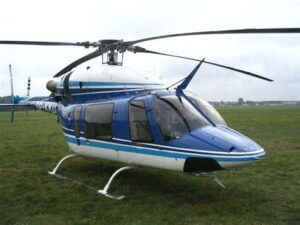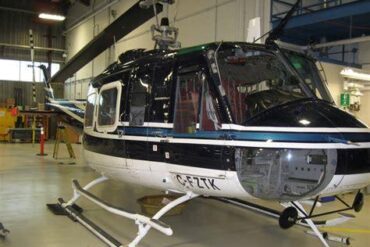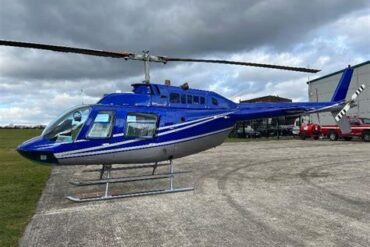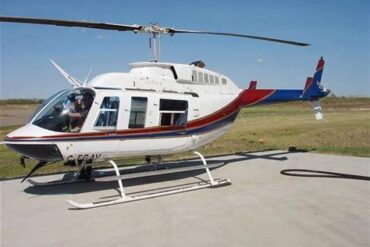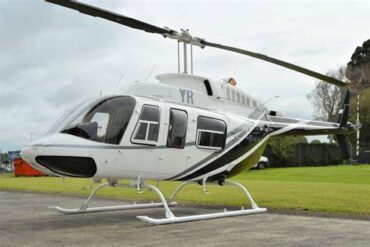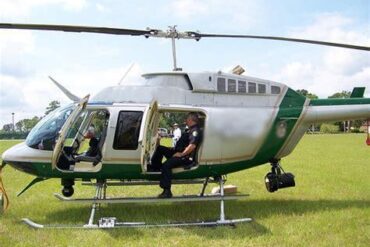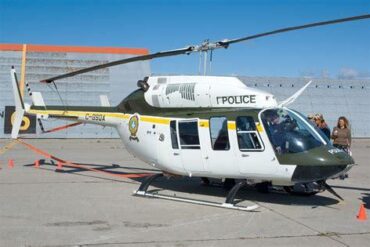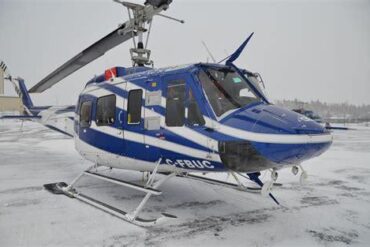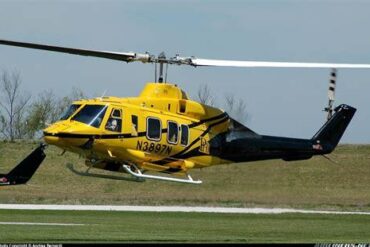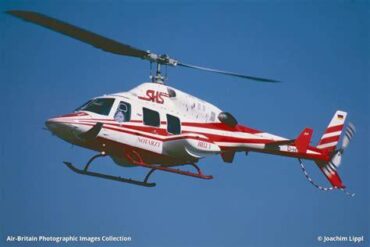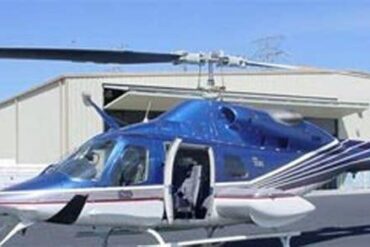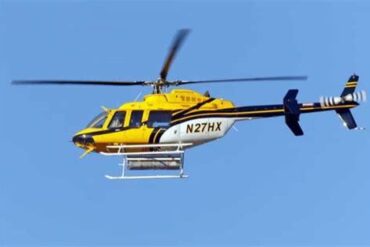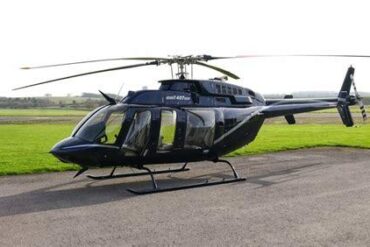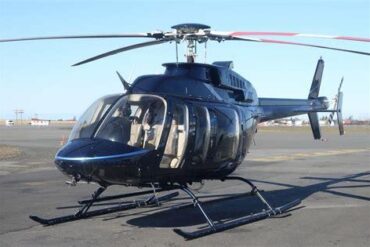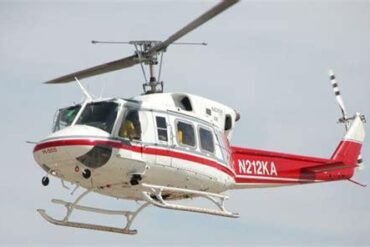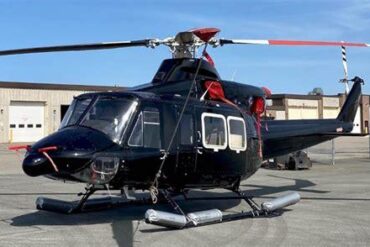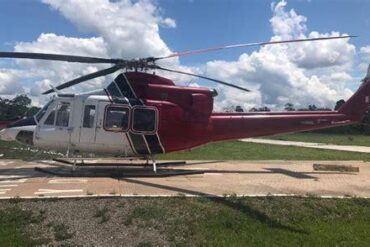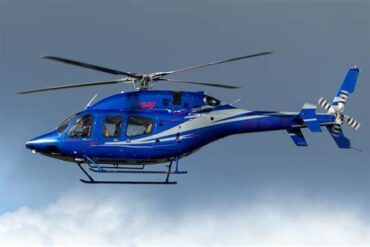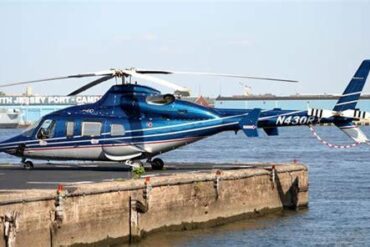The Bell 427 is a versatile twin-engine helicopter that offers outstanding performance, advanced technology, and exceptional reliability. This aircraft is particularly favored for corporate transport, emergency medical services, and law enforcement. In this article, we will explore the price of the Bell 427, its operating costs, and factors influencing these expenses to provide potential buyers and operators with a comprehensive understanding of what to expect.
Overview of the Bell 427
The Bell 427 is a refined version of the Bell 407, featuring a larger cabin, increased payload capacity, and enhanced flight characteristics. With its two Rolls-Royce 250-C47B engines, the helicopter boasts a maximum cruise speed of approximately 140 knots and a range of around 350 nautical miles. The spacious interior can comfortably accommodate up to seven passengers, making it an ideal choice for various missions.
Key Features
-
Advanced Avionics: The Bell 427 is equipped with a sophisticated avionics suite, including the Honeywell Primus 1000 system, which enhances situational awareness and simplifies navigation.
-
Enhanced Safety: Safety is a top priority for Bell helicopters. The 427 features advanced safety systems, including dual hydraulic systems, crash-worthy seats, and energy-absorbing landing gear.
-
Comfortable Cabin: The helicopter’s cabin is designed for maximum passenger comfort, featuring ample headroom, noise reduction, and customizable seating arrangements.
Price of the Bell 427
Determining the price of a Bell 427 can be complex due to various factors, including the helicopter’s condition, age, installed equipment, and modifications. Generally, the purchase price for a used Bell 427 ranges from $1.5 million to $2.5 million. New models can exceed $3 million, depending on customizations and specific configurations.
Factors Influencing the Price
-
Age and Condition: Older models with higher flight hours typically cost less than newer, well-maintained helicopters. Conducting a thorough pre-purchase inspection can help ascertain the true condition of the aircraft.
-
Equipment and Upgrades: The installation of advanced avionics, specialized cargo hooks, or medical equipment can significantly impact the price. Buyers should evaluate the value of these enhancements when negotiating.
-
Market Demand: The aviation market can fluctuate based on demand. In times of high demand for helicopters, prices may rise, while a surplus of available aircraft can lead to lower prices.
Operating Costs of the Bell 427
Operating costs encompass a variety of expenses that owners and operators must consider, including fuel, maintenance, insurance, and crew salaries. Understanding these costs is essential for budgeting and financial planning.
1. Fuel Costs
The Bell 427 consumes approximately 40 gallons of fuel per hour. With current jet fuel prices averaging $5.00 per gallon, operators can expect fuel costs to be around $200 per flight hour. However, fuel prices can vary significantly based on location and market conditions.
2. Maintenance Costs
Regular maintenance is crucial for ensuring the helicopter’s reliability and safety. Maintenance costs for the Bell 427 can vary based on usage and the extent of inspections needed. On average, operators should budget around $150 to $250 per flight hour for routine maintenance. This includes:
-
Scheduled Maintenance: Bell helicopters require periodic inspections based on flight hours. The more hours flown, the more frequent and costly the inspections.
-
Unscheduled Maintenance: Unexpected repairs can arise due to component wear or malfunction. Budgeting for these potential costs is essential.
-
Parts Replacement: As with any aircraft, certain components will need to be replaced over time. Operators should account for the cost of replacement parts, which can range significantly depending on the part.
3. Insurance Costs
Insurance is another significant cost associated with operating the Bell 427. Depending on the coverage type and the operator’s flying experience, insurance premiums can range from $15,000 to $30,000 annually. Factors affecting insurance costs include:
-
Flight Hours: Operators with extensive flying experience may receive lower premiums.
-
Usage Type: Commercial operations typically have higher insurance costs compared to private use.
-
Pilot Training: Insurers often provide better rates for pilots who have undergone specialized training.
4. Crew Salaries
Employing a qualified pilot and potentially a maintenance technician is essential for operating the Bell 427. Crew salaries can significantly impact operating costs. Typical salaries may include:
-
Pilot Salary: A professional helicopter pilot’s salary can range from $70,000 to $120,000 annually, depending on experience and certification.
-
Maintenance Technician: A qualified maintenance technician may earn between $50,000 and $80,000 annually.
5. Hangar Fees and Miscellaneous Costs
Storing the Bell 427 also incurs additional expenses. Hangar fees can vary widely based on location but may average around $1,000 to $2,000 per month. Other miscellaneous costs include:
-
Landing Fees: Some airports charge landing fees that vary based on weight and the type of operation.
-
Pilot Training: Continuous training and recertification for pilots can also add to operating costs, averaging $5,000 to $10,000 annually.
Total Estimated Operating Costs
Taking into account all the factors mentioned above, the estimated total operating costs for the Bell 427 can be summarized in the following table:
| Cost Category | Estimated Cost (per hour) | Estimated Annual Cost |
|---|---|---|
| Fuel Costs | $200 | $80,000 |
| Maintenance Costs | $150 – $250 | $60,000 – $100,000 |
| Insurance Costs | $15,000 – $30,000 | $15,000 – $30,000 |
| Crew Salaries | $10,000 – $15,000 | $70,000 – $120,000 |
| Hangar Fees | $100 – $150 | $12,000 – $18,000 |
| Miscellaneous Costs | $50 | $5,000 – $10,000 |
| Total Estimated Costs | $525 – $755 | $252,000 – $358,000 |
Conclusion
The Bell 427 is a robust helicopter with versatile capabilities and significant operating costs. Understanding the price and ongoing operating expenses is crucial for potential buyers and operators. By budgeting for fuel, maintenance, insurance, crew salaries, and other fees, operators can ensure a smooth and cost-effective operation. Ultimately, the Bell 427 remains an excellent choice for those seeking reliability and performance in their aerial operations.
